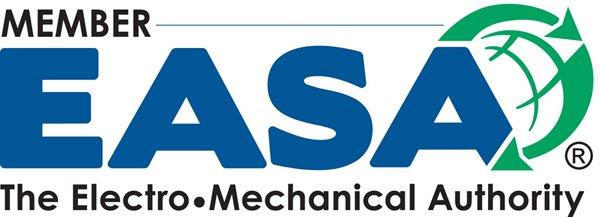As motor repair and manufacturing professionals, ensuring the reliability and safety of electric motors is paramount. Turn-to-turn insulation plays a crucial role in preventing motor failures due to short circuits or voltage spikes. One effective method for evaluating the integrity of turn-to-turn insulation is through IEEE 522 surge tests. In this blog post, we will delve into the importance of turn-to-turn insulation, how IEEE 522 surge tests are conducted, and the significance of interpreting the test results for motor maintenance and longevity.
The Significance of Turn-to-Turn Insulation
Turn-to-turn insulation in electric motors is the barrier that separates individual coils or windings within the motor. This insulation is vital for preventing short circuits that can lead to catastrophic motor failures. Over time, factors such as heat, voltage spikes, and mechanical stresses can degrade the insulation, compromising the motor’s reliability. Regular assessment of turn-to-turn insulation is essential to identify potential issues before they escalate.
Understanding IEEE 522 Surge Tests
IEEE 522 provides guidelines for conducting surge tests to evaluate the insulation systems of rotating machinery, including electric motors. Surge tests involve applying a high-voltage impulse to the windings and observing the response. By analyzing the surge voltage waveforms, technicians can assess the condition of the turn-to-turn insulation and identify any weaknesses or defects that may exist.
Conducting IEEE 522 Surge Tests
During an IEEE 522 surge test, a surge test instrument is connected to the windings of the motor. A high-voltage impulse is generated and applied to the windings, causing a surge current to flow through the insulation system. The instrument records and analyzes the voltage waveforms to determine the insulation’s integrity. Any abnormalities in the waveforms, such as spikes or distortions, can indicate insulation breakdown or weaknesses.
Interpreting Test Results
Interpreting the results of IEEE 522 surge tests requires expertise and experience. Technicians analyze the voltage waveforms to identify patterns or anomalies that may indicate insulation degradation. By comparing the test results to established benchmarks and standards, such as IEEE guidelines or motor manufacturer specifications, technicians can determine the overall health of the motor’s insulation system and make informed decisions regarding maintenance or repairs.
Conclusion
Turn-to-turn insulation is a critical component of electric motors, and evaluating its integrity through IEEE 522 surge tests is essential for ensuring motor reliability and longevity. By conducting surge tests and interpreting the results accurately, motor professionals can proactively address insulation issues and prevent costly downtime. Regular maintenance and testing of turn-to-turn insulation are key practices for safeguarding motor performance and avoiding unexpected failures.
For expert motor repair, maintenance, and surge testing services, contact The Pump & Motor Works, Inc. today. Our team of skilled technicians is ready to assist you in keeping your motors running smoothly and efficiently.



